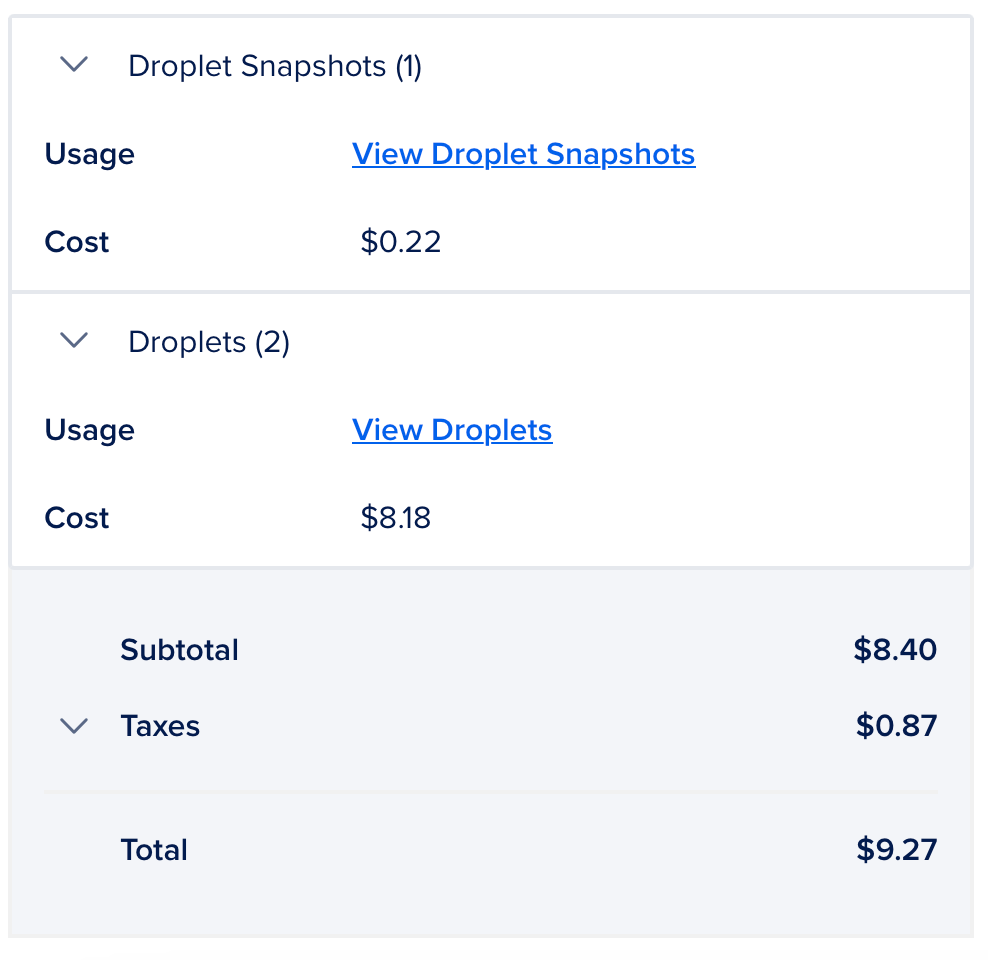One Month on Ghost: My Journey from WordPress to a Self-Hosted Platform

Last month, I wrote about moving one of my sites from WordPress to a self-hosted Ghost site. This has been something I’ve wanted to do for a long time. For years, I tried tweaking WordPress themes, attempting to improve the writing experience, but nothing seemed to work. I even gave Substack a shot, considering it as a potential platform for all my writing. However, the lack of control over my site didn’t sit well with me, so I decided to give Ghost another look.
I first discovered Ghost when Balaji S. Srinivasan posted on Twitter about decentralizing media by creating thousands of newsletters, among other ideas. As part of his project, he listed Ghost, alongside Substack and WordPress, as platforms to consider. While his post was intriguing, what truly caught my attention was Ghost.
I initially tried using Ghost alongside my WordPress site for a few months, but I eventually gave up. I don’t recall the exact reason, but I believe it had to do with some publishing errors that frustrated me. So, I stopped using it and returned to publishing exclusively on WordPress.
This year, after upgrading to a business subscription on WordPress.com, my frustration only grew. Although I ended up losing the money I had paid upfront for a two-year WordPress.com subscription, I reopened my Digital Ocean account, created a droplet with Ghost installed, and set up two of my sites, including this personal blog. It’s been about a month now, and I’m happy with the switch. The writing and publishing experience is simple and enjoyable. Writing directly in the Ghost editor feels as good as using iA Writer or Bear—two of my favorite writing apps.
I still believe having control over your personal website is essential. I appreciate paying for my own server, where I host multiple instances of the Ghost platform for my sites. I don’t have to worry about the limitations, restrictions, or costs of running a site on a platform controlled by someone else. I can even create an image of my virtual machine and host it elsewhere—on another server or even a computer at home. This level of control is very satisfying.
The cost of hosting my sites has dropped dramatically. I now pay less than $10 a month to host three sites: two running on Ghost and one WordPress site that I used to migrate my old WordPress content.
Currently, my droplet on Digital Ocean is a virtual machine with 2 GB of memory, 50 GB of disk space, and it runs on Ubuntu 22.04. If I ever need more resources, I can easily scale it up, and it’s still far more cost-effective than a $20 per month business subscription on WordPress.com, which only allows for one site.

If you have some technical knowledge—and it’s not that difficult—hosting your own site is not only cost-effective but also offers a much better experience. Of course, it’s not for everyone, especially those who just want to publish without dealing with any technical details, but that’s not what I’m looking for.
Another advantage is not having to worry about plugins or other dependencies. I understand some people need additional functionality, but if your focus is on publishing words and a few images, you don’t need the clutter that comes with plugins and complex themes.
When publishing on Ghost, I usually write in iA Writer and, once I’m happy with it, paste the text into the Ghost editor. You could also write directly in Ghost—it’s really good. After that, I select any images, add links, edit the post’s URL, publish date, and time, add tags, and set the post’s access—whether public or for subscribers only, for example. Ghost also allows you to add excerpts, custom code to the header or footer, and edit how the post appears on social media platforms like Facebook, Google, or Twitter.
Ghost integrates with Mailgun for bulk emails, such as when you publish a new post, and for transactional emails like automatic replies to subscribers. Mailgun is easy to set up and offers a free tier, though it comes with some limitations. You can also integrate other mail services or apps via API, though it might require a bit more work.
If writing and publishing is your focus, Ghost’s beautiful, simple interface makes it a great platform. The included free themes are perfect for content-driven blogs.
I’ll report back in six months or so to update on how things are going. For now, I’m happy to be out of the WordPress ecosystem. It was becoming too expensive and wasn’t meeting my needs.
Have a great weekend!




Comments ()